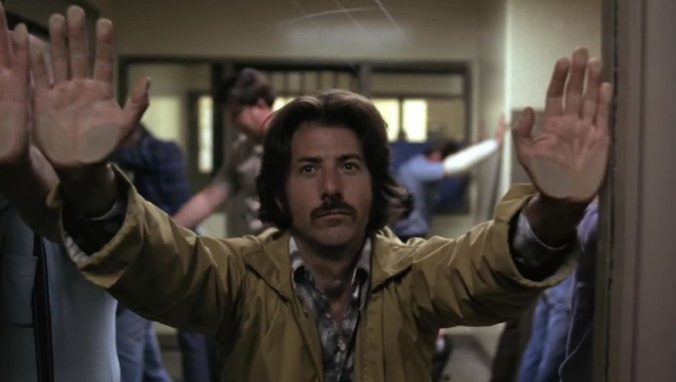'Howl's Moving Castle': Perfect Imperfection
- Thompson Blade

- Mar 7, 2021
- 3 min read
Updated: Aug 15, 2021
It’s an impressive feat to be able to create an animated film that appeals to multiple different types of audiences. The plot has to be easy to understand and enjoyable for children, while also containing the depth to appeal to older audience members. Nobody does this better than Studio Ghibli, specifically Hayao Miyazaki. About a month ago, I went through a Miyazaki phase where I watched several of his films. I watched his most famous, Spirited Away and My Neighbor Totoro, but the movie I found most compelling was Howl’s Moving Castle. Would I say that it is as good as the previously mentioned films? No. I think those films are near cinematic perfection. Perhaps this is why I found Howl’s Moving Castle to be more impactful to me than his more beloved films. It is flawed. The plot gets messy at times. Occasionally the pacing drags. It is also miraculously beautiful, contains complex characters, and creates a scathing critique of war and neo-imperialism.

One aspect that I particularly loved were the character arcs and the way they progressed over the course of the film. The main character, Sophie, wishes for adventure and a break from the routine that the hat shop she works at represents. Howl seeks to do what he can to preserve peace, while also avoiding his fears. Even Calcifer, Howl’s fire demon, has his own desires for freedom. As the film continues, we see how each character plays into the other’s arc. This seamless blending creates a plot that is complex and compelling, warranting an emotional involvement from the audience. The heart of a Studio Ghibli film will always be its characters and its exceptional visuals.
This is one of the most visually striking movies that I have ever seen. It perfectly balances vibrant mountain valleys with bustling cities and extravagant castles. One scene that particularly resonates with me is when Howl takes Sophie to his secret garden valley. The colors are exquisite, the details on the individual plants and streams so impeccably done. As the two share this heartwarming scene, we see Sophie appear young, seeming to break the curse placed on her by the Witch of the Waste. It's the perfect symbolism for the escapism that this tucked away valley represents. In stark contrast to this scene are the scenes where we get a glimpse of the war that is being waged. The shots of Howl flying through the darkness, with only the light of nearby explosions and burning villages, provide a sharp and jarring juxtaposition to the beauty that we are used to in a Miyazaki movie. This juxtaposition is central to the anti-war symbolism that Miyazaki creates.

The main antagonist in Howl’s Moving Castle is not necessarily an individual, but the overall nonsense of war. Throughout, there are scenes that break up the fantastical awe of a classic Studio Ghibli film with massive explosions and devastation. With a deeper look, the war that is going on is a clear allegory for the wars the United States has waged in the Middle East. We never learn who the enemy is in this war that takes place, and the combat that happens is mostly in the air. With the massive civilian casualties in the Middle East Wars, and the United States’ trademark air superiority doctrine, the message behind Miyazaki’s work is evident; this is a clear criticism of United States foreign policy. I have to applaud him for this, because it adds such a deep and important meaning to a film that would traditionally be considered a children’s movie.
Howl’s Moving Castle completely immersed me in the fantastical Studio Ghibli world. It contains the beautifully classic Miyazaki visuals that I’ve come to be addicted to, yet feels more real and tangible than any of his other films. This isn’t to say that his other films lack real world themes, because that is completely untrue. However, in Howl’s Moving Castle, the allusion to the actions of the United States are more scathing and critical, much more directed than other films. Also, previously, I mentioned how this film’s flaws make it so interesting. My Neighbor Totoro and Spirited Away feel like perfectly painted masterpieces. In my opinion, this makes it a little more difficult to grapple with the ideas being presented in the work. Howl’s Moving Castle feels more relatable, because like life, it isn’t perfect.
-Thompson


Kaiser OTC benefits provide members with discounts on over-the-counter medications, vitamins, and health essentials, promoting better health management and cost-effective wellness solutions.
Obituaries near me help you find recent death notices, providing information about funeral services, memorials, and tributes for loved ones in your area.
is traveluro legit? Many users have had mixed experiences with the platform, so it's important to read reviews and verify deals before booking.